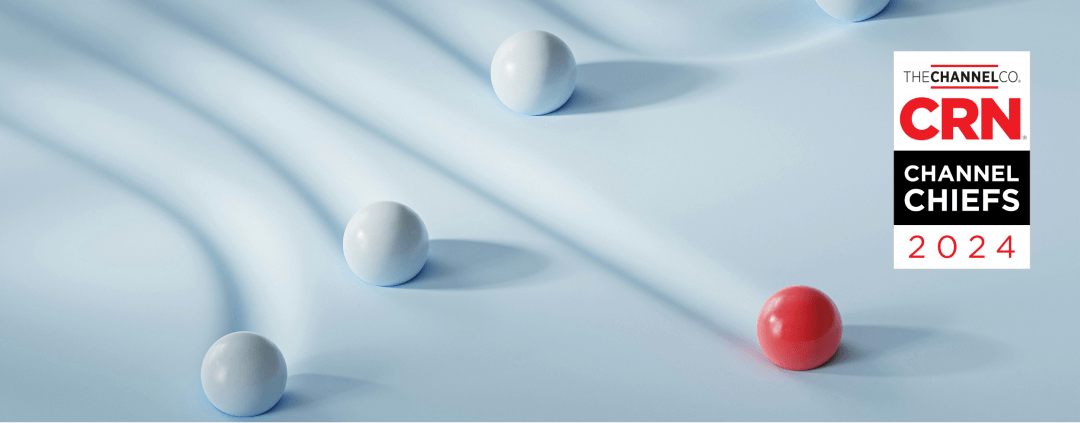Replacing the need for a laptop refresh strategy with DaaS

Tehama Team
Jun 3, 2021
·
5 min read time
·

If you’re an IT manager or leader, you know full well the organizational strain, security issues, and lack of productivity – for everyone across an organization, including IT staff – that comes from having out-of-date laptops and other hardware. Aging devices don’t guard particularly well against the latest viruses and malware, for example. They also have a hard time running advanced, up-to-date software applications. They’re usually not under warranty and often face compatibility issues. They can also be slow and more prone to failures, requiring more IT support to keep up and running to avoid potential data loss. In this two-part blog post, I’ll first be exploring the typical laptop refresh cycle, and why organizations refresh their laptop every three to five years (or even sooner!). In part two of this blog series, I’ll dive deeper into the latent pain brought on by these laptop refreshes, and how a secure desktop in the cloud could solve a host of the challenges IT and EUC leaders experience every day.
The typical laptop refresh cycle is 3-5 years
Most IT experts agree that anywhere from three to five years is the most common hardware refresh strategy, with most organizations that are dependent on high-performance computing (HPC) tasks such as game development and financial analysis, leaning towards three years. Some organizations even recommend a two-year cycle. Any longer than a few years, however, and the organization risks paying more to maintain older computers than it likely would to replace them.
But this strategy has always been somewhat troublesome when having to ship and receive laptops to and from a global or remote workforce. Covid-19 has also wreaked havoc on technology supply chains, making it more difficult for organizations – especially large ones – to acquire new laptops en masse as they would have in pre-pandemic days.
Complicating matters even further are other issues beyond an organization’s control such as new operating system (OS) releases, which can be sporadic but often serve as a catalyst for many organizations to have to upgrade their devices. Similarly, locally-run software application upgrades may suddenly demand more memory, processing, or graphics power, sometimes requiring an organization to upgrade its fleet of machines on an accelerated timeline (or delay their computer upgrade in other cases). It’s worth noting, however, that the growing use of cloud and software-as-a-service (SaaS) among enterprises means corporate devices at many organizations are now just portals connected to the backend servers that do all the real work. Bring-your-own-device (BYOD) policies, which are becoming more popular than ever in the enterprise, muddy the issue even further.
It’s for these and other reasons that instead of riding the laptop refresh merry-go-round, many organizations have moved to a next-generation Desktop-as-a-Service (DaaS) provider, which helps eliminate both the pain points and costs of regular equipment refreshes. DaaS can transform virtually any old laptop into a high-performance machine, extending the lifecycle of your current corporate hardware and enabling secure BYOD programs.
But before we dive into the pros and cons of refreshing laptops or implementing a DaaS platform, let’s examine why organizations need a laptop refresh strategy in the first place.
➡️ Download eBook: Say goodbye to the company laptop
Why refresh laptops at all?
As mentioned above, older laptops are prone to causing multiple productivity and cost issues across an organization. Industry research shows older PCs can cost up to 59 percent more to support and can use up to 50 percent more electricity than new machines. According to a Harris Interactive survey, 29 percent of office computer users say computer problems are the largest contributor to decreased productivity. The same survey found that 53 percent of the same workers usually either fix their computer themselves or ask a coworker for help – a further drag on frontline productivity. Laptops (both old and new) typically cause the following problems for enterprises:
Outdated laptops don’t perform
Most older laptops suffer from downgraded performance and have a hard time running the latest applications, which typically require more RAM and other resources than older software. Older computers are also often loaded up with accrued software from years of use, making them even slower
They increase total cost of ownership (TCO)
Some organizations may think that delaying a device refresh saves them money, but usually the opposite is true thanks to ballooning IT support costs and time spent troubleshooting issues by staff (not to mention ongoing employee frustration and, in some cases, retention issues if technology becomes seriously out of date)
Most importantly, older laptops are not secure!
A chain is only as strong as its weakest link, and the same thing goes for corporate IT networks. Older hardware and software usually don’t receive security patches or support, making them extremely vulnerable to hacks and data breaches by cyber criminals kitted out with the latest malware
But as mentioned earlier, refreshing a host of laptops across an organization has always held its fair share of challenges. In the next installment of this blog post, I’ll share what these challenges are, and why a next-generation DaaS solution is better!

Read More

Tehama CRO Mick Miralis Recognized by CRN Channel Chiefs

How to Protect Your Business from the Inevitable Attack Without Breaking the Bank


